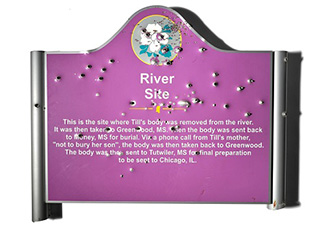Finances FYI I Presented by JP Morgan Chase & Co.
Technological advancements have made transactions quicker and more seamless than ever. One emerging technology that has rapidly grown in popularity is radio frequency identification or RFID. We’ll give you the full rundown on RFID credit cards, their benefits, and ways to protect yourself from people taking advantage of this new technology.
How Does RFID Work?
Instead of swiping your card and providing information through the magnetic strip on the back, RFID cards transmit your payment details via radio frequency. With a tap or wave, you can make purchases without entering a PIN or waiting for the chip reader. RFID payments are contactless, making them safer for both the consumer and employee. Check your card for the RFID symbol, similar to a WiFi logo, and if you’ve got one, you should be ready to go!
RFID Technology and Theft
As convenient as RFID cards are, anyone can obtain a reader and simply steal your payment information if they get close enough to your cards. Luckily, theft with RFID cards is low due to built-in protections and is considered just as safe as the new EMV Chips you’ll find in some debit and credit cards.
Proximity is the most prominent pre-existing safety feature for RFID products. Your card needs to be quite close to the reader to transfer information, which is why you’ll often tap your card or wave it near the scanner – this makes it difficult for anyone trying to skim your information with their device. The other built-in protection is how transactions are processed. A one-time code is issued from your card to the payment terminal for that unique transaction – this makes it harder for bad actors to take significant sums of your money and access personal information. Besides these built-in protections, there are other ways to protect your RFID cards even more.
Adding RFID Protection
Despite these manufactured safety features, it’s still possible for someone to access your account information and get away with your money. What makes this form of payment so convenient is that the card is always active and ready to transmit data – this also makes it susceptible to sending data to readers you don’t want. Below, we’ll cover some of the most popular RFID protection products and when to utilize their benefits.
RFID Wallets and Sleeves – The most popular form of protection is an RFID wallet or sleeve. These accessories are lined with unique material, typically carbon fiber, that blocks your card’s radio frequency from transmitting. These wallets and sleeves form a shield around your RFID cards and make them unreadable until removed.
Travel Products – Frequent business travelers or anyone who spends a lot of time in an airport will want to add an RFID bag or suitcase to their protection arsenal. These bags are the same idea as a wallet or sleeve, creating a barrier between your cards and potential skimmers. Airports are among the most common places for theft, so don’t leave home without being protected!
Mobile Protection – Integrating payment methods onto your smartphone will free up pocket space but opens you up to the same theft possibilities that a physical RFID card does. Phones are targeted for theft because people are often more careless in public with them than their wallets. Look into RFID phone cases to prevent your device from being targeted – you’ll still be able to make purchases with these cases, but unexpected scans will be shut down!
Radio frequency identification has made transactions safe and easy, reducing contact with surfaces and cutting down the time spent at a terminal. With some education and the right accessories, you can keep your personal information safe from theft. Consider adding some RFID protection to your cards today, and have peace of mind every time you leave home!
Finances FYI is presented by JPMorgan Chase. JPMorgan Chase is making a $30 billion commitment over the next five years to address some of the largest drivers of the racial wealth divide.
























